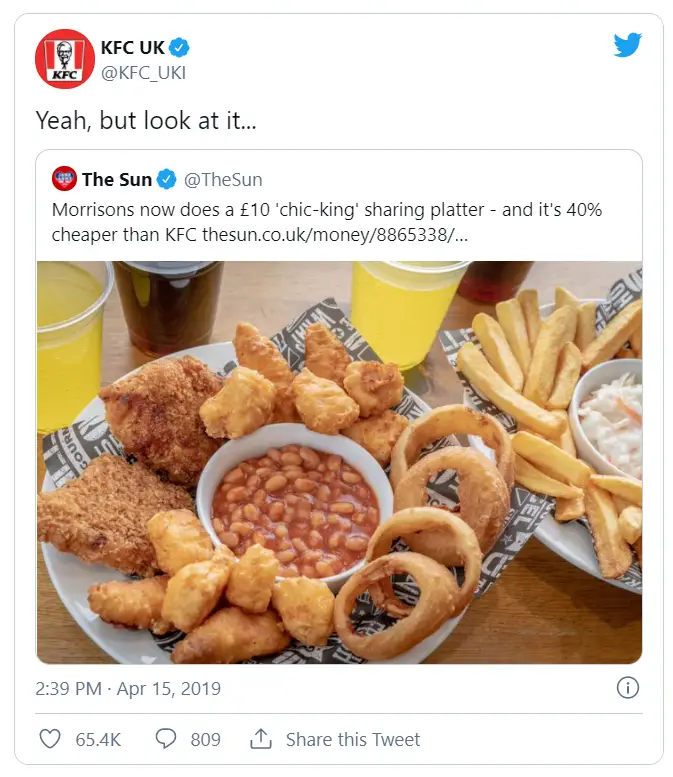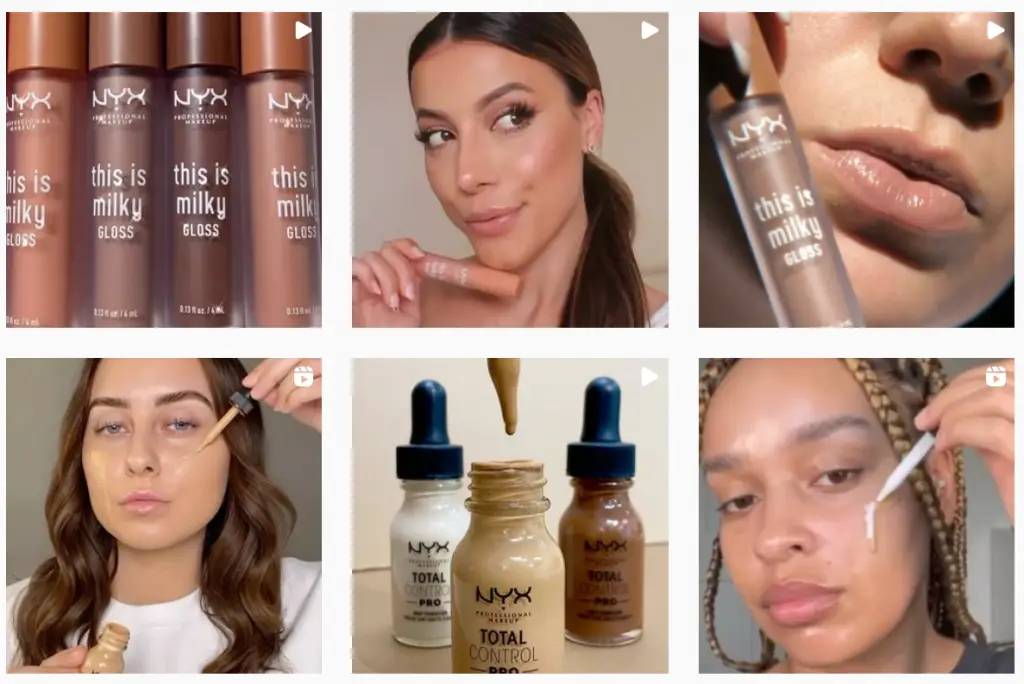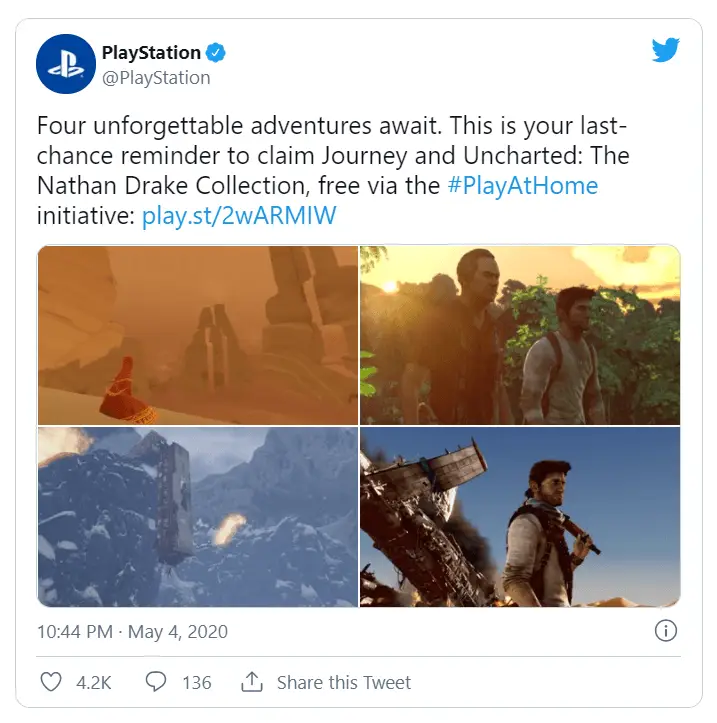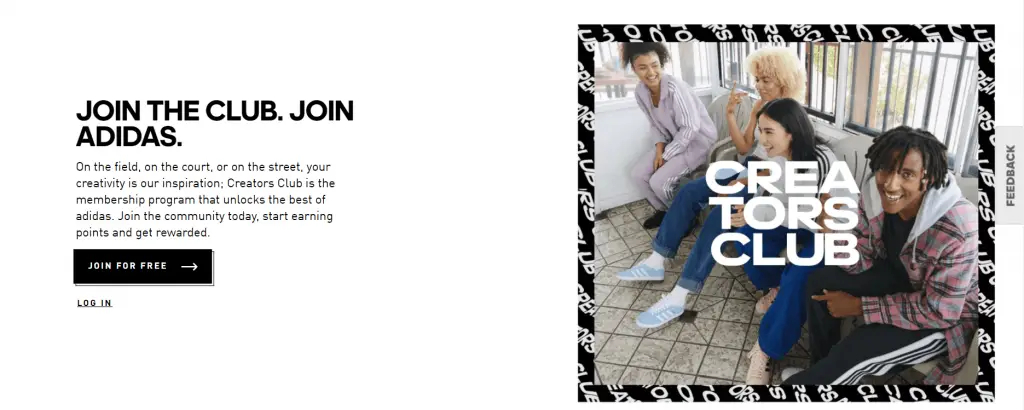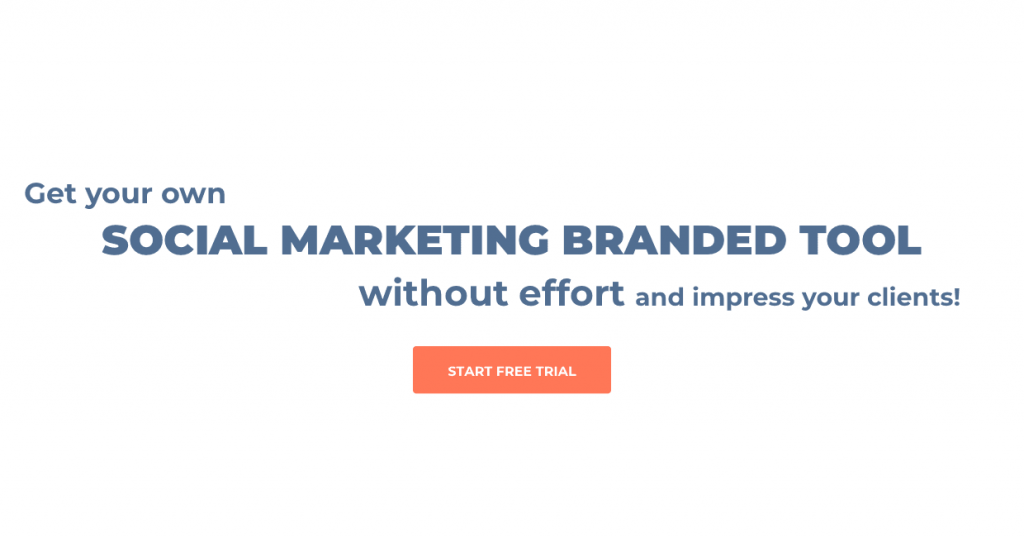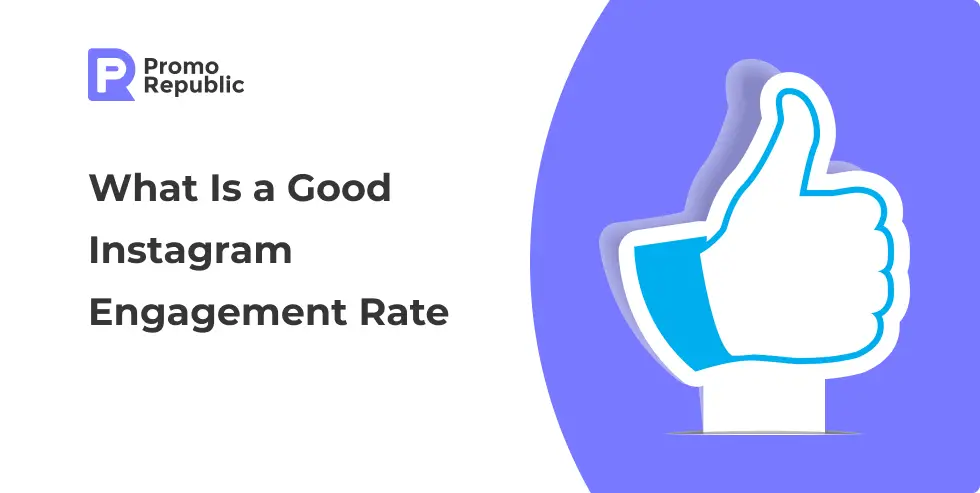How to Build a Social Media Sales Funnel That Sells
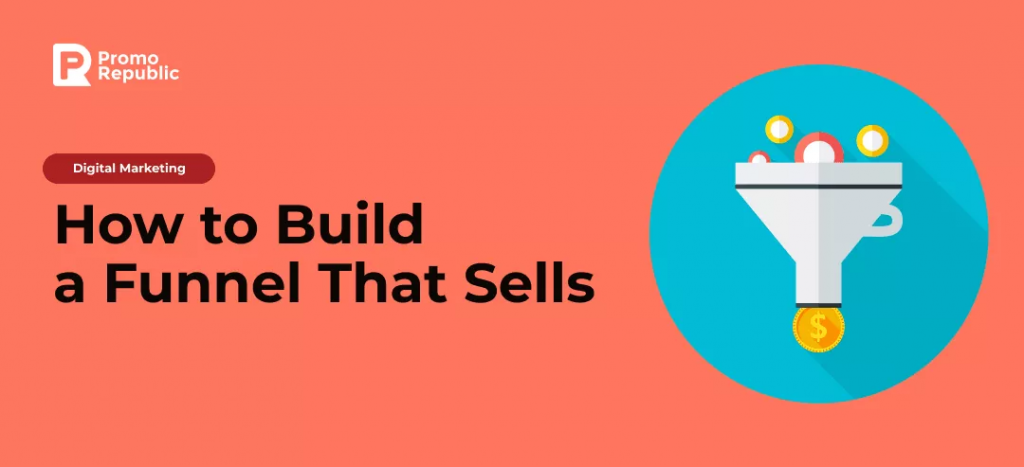
Any marketer is familiar with the social media marketing funnel. But even if you work in the diametrically opposite field, you have probably encountered a similar concept. You have surely seen such a phrase as “marketing funnel” on the Internet. But what is it? Let’s find out. In short, it is the entire process, from the generation of leads to their conversion into your customers.
A specific, detailed version of the sales funnel may be different for different types of businesses, depending on what needs they want to cover. The main tasks that this model solves are as follows:
- evaluation of managers’ efficiency (allows to visually assess the results of sales managers’ work for a certain period of time)
- identification of weaknesses (by analyzing the constructed funnels, you can find weaknesses, to improve them for users, thereby increasing sales)
- increase of involvement (it helps to analyze the number of users who showed interest in the advertised products. If the interest is low, you should pay attention to the banners, advertising texts and so on, in order to improve them)
- keeping engagement (helps to assess how the interest of users is distributed through all stages. The main task is to identify weaknesses, refine them and conduct the largest number of them through the funnel to the final stage – making a purchase)
- profit growth (high-quality work performed to build the sales funnel, its analytics, and corrections over time leads to increased profits)
The entire journey of your client from the moment when they became interested in your product or service to the actual purchase is usually divided into several successive stages: Awareness, Interest, Decision, Action. This is the so-called AIDA marketing model, which was developed in 1898 by Elias St. Elmo Lewis. Alec Baldwin beautifully explained these stages in the movie “Glengarry Glen Ross.”
What are these stages? Let’s find out.
Awareness: With cold calls, advertising, and other ways, we capture the attention of the potential client.
Interest: We use an advertising appeal or a personal offer to arouse the potential client’s interest.
Desire: They have a desire to use our services or offer.
Action: The person becomes our customer and performs a targeted action – ordering a product or service, visiting our store, or contacting our company.
These are the four stages of preparing the buyer for the purchase. The goal of a marketing strategy and advertising campaign is to transform the attention gained into genuine interest. This is where it is necessary to build an effective marketing funnel, into which the customer quickly “falls” and reaches the “bottom,” that is, commits the targeted action. The result is influenced by methods of product promotion, the correctness of product research and segmentation, marketing strategy, pricing policy, and a number of other factors.
But we are here to talk not about a marketing funnel but a social media marketing funnel. Let’s define their difference.
The stages of the sales funnel for social media are slightly different. They include: Awareness, Consideration, Action, Engagement, Advocacy.
Awareness: Attracting people to your brand who don’t know about you yet.
Consideration: Trying to stand out from your competitors so that your potential audience can notice you.
Action: Persuading your potential customers to buy your products or services.
Engagement: Using social media to keep your customers after they make a purchase.
Advocacy: Building trust with your customers, so they can promote your brand to other people.
A common mistake for novice marketers is to invest only in certain stages of the social media sales funnel.
For example, there are popular channels on YouTube with lots of subscribers. But they don’t really try to sell anything because they don’t invest in creating selling content.
It’s not uncommon to find attractive sites filled with interesting thematic information, videos, and selling content. But they don’t have a social media promotion strategy to attract people to their site.
Lucky for you, we’ve put together a detailed guide for each step of the social media marketing funnel. At the start, you’ll only need a couple of ideas for each step. As you master them and get the results you need, you can add more new tactics.
Awareness
Before choosing ideas and tactics for promotion, ask yourself one simple question: How exactly will your potential followers find you on social media?
There are many ways to get your audience’s attention. Choose one, don’t try to use all of them at once.
Organic Tactics
- Free content that adds value (blog posts, analytics, guides, etc.)
- Live broadcasts
- Social media contests
- Active participation in thematic groups on Facebook or other sites
- YouTube channel (with SEO-optimized content)
- Videos on social networks
- Visual content (infographics, photos, GIFs, etc.)
- Unique content for each platform
Paid Tactics
- Ads
- Influencer marketing
You can easily add value to your brand if you publish content that is useful to your audience. Or that they simply want to see. Publish informative articles, broadcast webinars, write guides on related topics. Pay for targeted advertising. This is one of the most reliable ways in building a social media marketing funnel to reach your target audience. Even if some of them are not frequent visitors to social media.
If your business allows you to create this kind of content, post videos using your product on YouTube or any other platform. It’s a kind of product placement. For example, The Home Depot once did a DIY stream with Martha Stewart on how to make your own Christmas decorations. They used the company’s products in the process, but it looked very organic, and the audience loved it.
Source: https://www.facebook.com/marthastewart
Consideration
The main question at this point is: What social media tools are your potential customers using when they compare you to your competitors?
Attracting attention is not enough to build a successful social media marketing funnel. Make sure you have enough feedback from your previous clients, case studies, and research to convince customers that your brand and product are trustworthy.
Organic tactics
- Leave comments on topical blogs and sites
- Collect positive feedback on your page
- Make product review videos for YouTube
- Create video reviews from customers and add them to your page
- Share photos and catalogs on social media
- Respond to customer questions on social media and messengers
Paid Tactics
- Retarget on social media. Use ads with detailed info about your product
- Create catalogs on Facebook
- Order sponsored posts with feedback and reviews from influencers or posts on third-party blogs
During the consideration phase, it’s vital that you provide more information about why customers should choose you in order to direct them to the buying phase.
Source: https://twitter.com/kfc_uki
A great (and entertaining for viewers) tactic would be to publish tutorials on how to use your products, as well as reviews from your customers.
In 2021, influencers are more popular than ever and have more credibility with their audiences. Often, their opinions can be even more valuable to potential customers than the words of their own friends. It’s a good idea to send your products to famous bloggers so that you can get an honest review to post on your social media.
For example, the popular beauty brand NYX publishes makeup tutorials from famous bloggers and makeup artists on Instagram. This helps build the trust of potential customers and successfully move on to the next stages of the social media marketing funnel.
Source: https://www.instagram.com/nyxcosmetics
According to the 2021 SlickText survey, influencers motivate nearly 40% of respondents to purchase because they feel they really “need” that product. In addition, 38% said reviews are the most valuable social media content, and 52% of online shoppers begin their research before purchasing by reading online reviews. So you should not neglect this tool.
Action
As part of both a regular marketing funnel and a social media marketing funnel, your audience needs to be pushed to make a purchase. Help them take that last step with certain tactics.
Organic tactics
- Social media contests that encourage purchases
- Collecting email addresses and sending offers
- Creating discount coupons or special offers and posting them on social media
Paid Tactics
- Advertising in messengers
- Retargeting for ads with special offers
- Using offers or ads for leads on Facebook
According to the 2020 Valassis Consumer Intel Report, marketing messages with discounts and coupons on social media can shorten the path to purchase. 61% of respondents said coupons or discounts could inspire them to give a new brand a chance, and 54% said it could encourage them to make an impulse purchase.
Engagement
Great. The purchase is made. The users are happy. But how do you convince them to stay with you and continue to follow your social media activity and new products? Engagement is an important part of building a social media marketing funnel, but it’s a time-consuming process. So what should you choose?
Organic tactics
- Answering customer questions in live streams on your social networks or any convenient platform (don’t forget to make an announcement!)
- Publishing regular special posts to answer questions
Paid Tactics
- Sponsored posts with interesting, valuable, and unique information
- Create a hashtag or a separate group for customers to help them ask questions and communicate
We’ve looked at similar tactics before when talking about improving a brand’s social media presence. Check them out for more useful ideas!
Many brands unfairly ignore such tactics when building their social media marketing funnel. But they should not be forgotten. Your relationship with your customer is evolving and can still move to a more trusted level. Allow that part of your audience that has already become your customers to unite into a community. Maybe even with some privileges.
Source: https://twitter.com/PlayStation
Always reach out to that part of your audience through useful content based on their purchases. You can even introduce a separate hashtag for them, encouraging customers to share their content with your products.
Advocacy
Okay, your subscribers have become your customers, bought the product, and even continue to follow your activity. The last but not the least step is how do you convince them to recommend you to other people? This is the last but very profitable step in building a social media marketing funnel. It is basically free advertising!
At this stage, it is highly desirable to interact with the aforementioned community of your customers. If it’s easy for them to share their opinions about you and your services, they will do so more often and more willingly. The main difference from the previous example here is that your audience shares not just content with your products but the experience of using them. Customers encourage others to become your customers.
Organic tactics
- Customer Protection or Advocacy Programs
- Dedicated groups for customers who have bought your product
- Using hashtags. As a successful example of such tactics: more than 21.3 million photos were posted on Instagram with the hashtag #shotoniphone. This helped engage new users by showing them the features of the iPhone camera
Paid Tactics
And there are no paid tactics. You can buy likes or subscribers, but you can’t pay for real popularity. Use free promotional methods to increase brand credibility. They pay off much better!
Turning your customers into supporters is the “final form” of your relationship with them. External, unbiased recommendations have a powerful impact on leads and your social media sales funnel. Develop and grow your customer community. To provide the best approach, engage them in case studies or consumer social media content creation.
“We firmly believe that advocacy will create sustained growth for our brands, underpinned by the fact that brand advocates on average buy more than non-advocates. In addition, a large part of our consumers rely on referrals by friends or family when making purchasing decisions.”
These words from the Adidas Annual Report about their advocacy program show perfectly why it is worth implementing such initiatives and rewarding your customers for advocating your brand.
Source: https://www.adidas.ru/creatorsclub
The bottom line
That’s all, folks! After reading our 101-guide to building a social media marketing funnel, you shouldn’t have any questions or doubts about the importance and necessity of such a strategy.
Instead of summarizing, we’ll give you some important tips again:
- Don’t rush the user when moving through the funnel. Everyone has a different pace and path, and it’s your job to show that you understand and respect that.
- Carefully consider what you post depending on what stage of the funnel your potential customer is at.
- Use Google Analytics to better understand the user’s journey through all social media marketing funnel stages.
Good luck!

local marketing tips monthly
Enterprise: for multi-location and direct selling brands. Manage thousands of social media pages of your local distributors, partners, or franchisees.
Agency: for marketing agencies. Manage all your clients’ social media pages on one platform.





